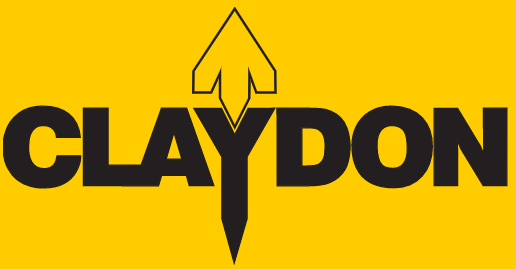
Precision RTK Guidance Is Taking Inter-Row Hoeing to the Next Level on the Claydon farm

At our arable farm in Suffolk, we’ve seen firsthand how precision RTK guidance can totally change the game when it comes to inter-row hoeing. Using the latest Fendt tractors equipped with VarioGuide RTK (accurate to within +/-2cm), we’ve been able to improve both the efficiency and effectiveness of weed control.
Here’s how it works on our setup: we use a 942 Vario to direct drill cereal crops in bands with a 6m Claydon Evolution. For inter-row hoeing, our 724 Vario takes over, steering a 6m Claydon TerraBlade—automatically, via the tractor’s front wheels.
In the past, our drill tractor only had basic RTK, so steering the TerraBlade inter row weeder manually meant slower speeds and more room for error. Even then, we managed to cut weed numbers by around 65–70%. But since upgrading to VarioGuide RTK, we’ve stepped things up. This season alone we covered more than 150 hectares, with better weed control and noticeably higher output.
Drilling in 17cm bands at 32cm row spacings gives us a decent buffer zone, which means we can hoe with confidence—no damage to the crop, and peace of mind that things are staying on track.
As herbicide resistance continues to grow and fewer new products make it to market, mechanical solutions like the TerraBlade inter row hoe are becoming more important than ever. It’s cost-effective, efficient, and fits in well with regenerative farming or organic agriculture approaches. Plus, by keeping the space between seed bands clean in those early growth stages, we’re helping young plants thrive by reducing competition for moisture, nutrients, and sunlight.

We got lucky with a dry spell in early April—perfect conditions for hoeing. The TerraBlade ran at a shallow 1–2cm depth, and its 150mm-wide blades made clean work of the weeds while leaving our crops untouched. We saw work rates of 6–7 hectares an hour, almost double what we managed before, even when working crops up to Growth Stage 32.
Results on our farm have been excellent—virtually weed-free cereal crops and better moisture retention thanks to the light soil mulch left behind by the hoe.
And it’s not just us seeing the benefits. In trials by a major agronomy firm on a separate farm with heavy grassweed pressure, the difference was dramatic. Untreated areas had over 900 blackgrass seed heads per square metre. But where a combination of herbicides, a Claydon Straw Harrow, and the TerraBlade was used, that dropped to just 13/m²—a 98.5% reduction. The result? A yield increase worth £256/ha, more than enough to justify the investment.

The TerraBlade is designed for direct-drilled cereal crops established with Claydon drills. It costs around £2,000–£2,500 per metre—far less than more complex alternatives—and it’s built to last. It’s easy to maintain, delivers consistent performance, and with such low running costs, it practically pays for itself.
👉 Want to see it in action? Check out the video: TerraBlade in action
👉 Looking for more info or a local dealer? Head to claydondrill.com/dealers-distributors or browse products directly.


